Don’t throw away your spent coffee grounds! Here are 19 clever ways to reuse them at home and in your garden.
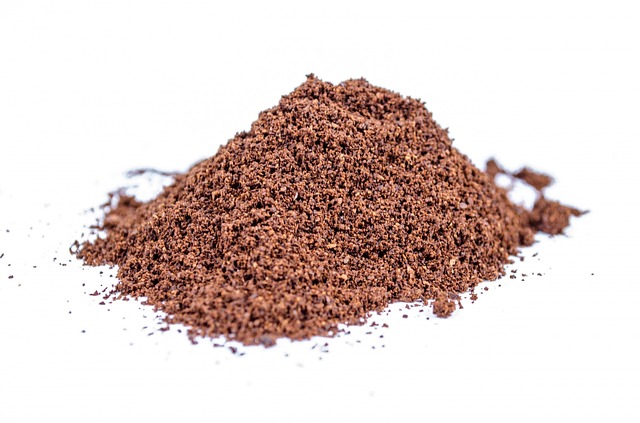
It’s time to confess. You’d rather give up dessert for a week than get through your mornings without a cup (or four) or coffee. But have you stopped to think about the fate of all those spent coffee grounds? Over half of Americans drink at least a cup of coffee per day,1)http://www.e-importz.com/coffee-statistics.php which leads to a tremendous amount of bean remnants languishing away in landfills. Not only is this a tragedy for the environment, but it’s a waste of a potentially valuable resource.
You May Also Enjoy:
“Cold Brew Coffee: Brew the Best-Tasting Coffee Without Fuel”
Thankfully, there’s plenty you can do with your spent coffee grounds—all it takes is a little creativity. If you need some inspiration to get started, this article offers you 19 ways to reuse coffee grounds at home and in your garden.
Use Spent Coffee Grounds in the Garden
Forget investing in expensive garden amendments; there’s a lot you can do to improve your plants with the grounds from your coffee maker.
#1. Repel Pests Naturally
Coffee acts as a natural bug deterrent, making it a perfect way to keep insects out of your home and garden. This is because it contains natural compounds like caffeine and diterpenes.2)https://www.ncbi.nlm.nih.gov/pubmed/6207592/ Mosquitos, beetles, and fruit flies will all try to avoid coffee, so consider setting out a bowl of used grounds in places you don’t want them to land. You can also sprinkle some throughout your plantings to deter slugs and snails.
You May Also Enjoy:
“Garden Slugs? 3 Easy Ways to Kill Them WITHOUT Poison”
“How to Attract Beneficial Insects and Repel Pests Through Garden Design”
It turns out that felines are also not fans of coffee grounds in their claws. You can keep the neighborhood kitty out of your garden by mixing your grounds with chopped orange peels and then scattering them into the soil.
#2. Fertilize Your Soil
Incorporating coffee grounds into your fertilization routine can be a smart move. Blend your grounds with dead grass clippings and brown leaves, and spread the mixture around your plants for a beneficial boost of potassium, nitrogen, calcium, iron, magnesium, and more.3)https://www.ncbi.nlm.nih.gov/pmc/articles/PMC4045301/
As an added benefit, the grounds might help absorb heavy metals that taint your soil.4)https://www.ncbi.nlm.nih.gov/pubmed/25242543/ If you also want to enhance blooming and fruiting, be sure to incorporate lime or wood ash into the fertilizer, as well.
#3. Grow Blue Hydrangeas(?)
Looking to bring your hydrangea blooms to the next level? There’s some anecdotal evidence that you can help them grow blue with an infusion of coffee-ground fertilizer! By working grounds into the soil at the base of your bush, you will help the plant absorb more aluminum, which may help turn the blooms blue. (However, it’s worth noting that, contrary to popular belief, used coffee grounds are close to pH neutral at between 6.5 to 6.8 pH.5)https://extension.oregonstate.edu/gardening/techniques/coffee-grounds-composting Therefore, you will want to use something else as a soil acidifier.)
#4. Compost It for Later Use
If your coffee grounds collection is starting to build up, then consider incorporating it into your compost pile. Studies show that adding grounds to compost as your “green” material makes it richer in nutrients than it would be otherwise. What ratio is best? Research found that compost made with 40 percent coffee grounds produced the best quality (and fewer greenhouse gasses) than other blends6)https://www.ncbi.nlm.nih.gov/pubmed/28340969—so bulk up your compost pile with coffee!
You May Also Enjoy:
“Homemade Fertilizers – 15 Simple and Inexpensive Options”
“A Simple Fertilizer From the Greek Gods”
“5 Inexpensive, Simple Solutions For Small-Space Composting”
#5. Grow Better Root Vegetables
For those who want to bring their carrot crop to the next level, coffee grounds might get you there. If you blend grounds into the soil before planting your seeds, you’ll give the young seedlings a boost of nutrients that can lead to quicker growth and better results overall.
#6. Cultivate Mushrooms
There’s no reason to think that mushrooms are outside your talents for cultivation—your old coffee grounds are a stellar growth substrate for getting a crop. Not only are they a concentrated nutrient source, but the grounds are sterilized during the brewing process, which means that you can use them without any further processing.
You May Also Enjoy:
“Go Mushroom Foraging (Without Melting Your Organs)”
“Growing Mushrooms on Logs: It’s SO Easy To Get Started!”
“How to Not Die While Wildcrafting: 15 Rules for Foraging Safely”
While most types of mushrooms will grow on coffee grounds, beginners tend to get the best results from shiitake or oyster varieties. You’ll need about five pounds of grounds to get the process started, so start a collection or hit up your local coffee shop and request their spent beans. Once you have enough to begin, this article will walk you through the cultivation process.
#7. Make It Easier to Find Worms
For the fishing enthusiast, finding a reliable supply of worms for bait isn’t always easy. If you maintain a wormbed to keep worms within reach, adding spent coffee grounds to the mix will improve their habitat space and grow their population. The grounds also work great in vermiculture systems!7)https://www.ncbi.nlm.nih.gov/pubmed/18752936
You May Also Enjoy:
“Small-Space Vermiculture, Step-by-Step”
Reuse Spent Coffee Grounds In Your Home
Stop looking at spent coffee grounds as an inconvenience, and consider incorporating them into your routine using one of these ideas.
#8. Absorb Food Odors
Considering how incredible coffee smells first thing in the morning, you might be surprised to learn that old grounds are a time-tested strategy for removing unpleasant odors from your kitchen. This is because coffee grounds contain nitrogen which, when combined with carbon, can remove bad-smelling sulfur gas from the air.8)https://www.sciencedirect.com/science/article/pii/S0304389411014336
If you want to relieve your refrigerator of a foul scent, load up an open container with old grounds and put it in the back. Switch out the grounds every few weeks, and you’ll be surprised by how fresh your fridge continues to smell.
Another option is to dry out your grounds and place them in old socks to use as a portable air freshener in your car, closet, gym bag, or dresser drawers.
And, after chopping onions or garlic, washing your hands with old coffee grounds can remove most of the scent.
#9. Use Spent Coffee Grounds as a Natural Abrasive for Scouring Pots and Pans
No one likes to deal with a dirty kitchen, but coffee grounds can remove much of the physical work for you. Coarse ground beans (the kind you use in the French Press) are naturally abrasive, but not to the point that they put your surfaces at risk. This makes them ideal for scouring everything from countertops to crusty pots and pans to remove build up. Simply add a few teaspoons of grounds to a cleaning cloth and scrub away before rinsing thoroughly.
#10. Hide Scratches in Wooden Furniture
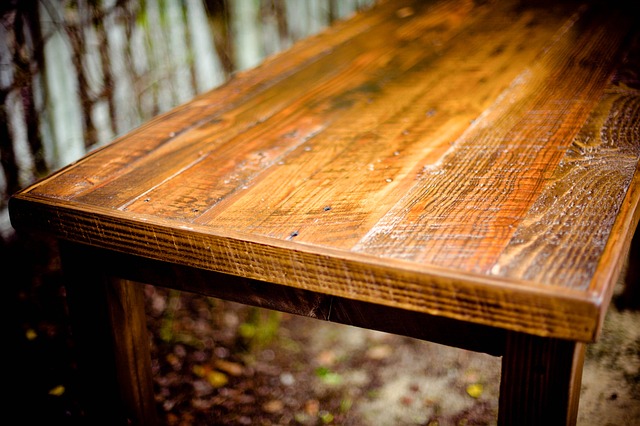
Image by PublicDomainArchive from Pixabay
Wooden furniture might look beautiful, but it tends to show wear quickly. To keep your pieces looking new, touch up scratches in the finish with old coffee grounds. You can create a thick paste by blending used grounds with water, and then use a cotton swab to dab it into the scratches. Let the paste set for at least ten minutes before wiping it off with a cotton rag, and your wood’s coloring should be restored. If the coloring is too light, repeat the process until you achieve a satisfying result.
#11. Dye Paper for an Antique Look
Want to add a vintage-inspired look to your stationery? Seep spent grounds in lukewarm water and pour the liquid into a shallow bowl. Gently dip your paper on the top layer and let it rest there for at least a minute before pulling it out and letting it dry. You can also follow this same method to dye everything from fabric to Easter eggs for a subtle aesthetic without any of the toxins found in conventional dyes.
#12. Tenderize Meat
You might save money by buying cheap cuts of meat, but they can be tough to tear through. Old coffee grounds are a great way to break down muscle fibers in meat, giving it a softer, more tender texture.9)https://www.theroasterie.com/blog/coffee-and-meat-the-perfect-pair/
You May Also Enjoy:
“How to Use Vitamin D to Help Fight the Flu”
“An Ode to Wild Persimmons (+My Mother’s Recipe for Persimmon Bread)”
Coffee’s natural enzymes and high acidity can break down meat’s proteins and even enhance its flavor. All you need to do is add a tablespoon of coffee grounds to your preferred dry-rub recipe and apply the blend at least two hours before cooking your meat. As you roast it, the grounds will get baked in and form a crispy crust.
For another option, consider rebrewing your old grinds and using them as a refrigerator marinade to tenderize your meat up to 24 hours before you cook it.
#13. Add It to Homemade Candles
For those who want to enjoy the smell of coffee without a dose of caffeine, you can collect old grounds to incorporate into handmade candles. The process is surprisingly easy—especially if you follow these instructions.
#14. Clean Out the Fireplace
For those with messy fireplaces that need some attention, coffee grounds can do some of the hard work for you. You can scatter your used grounds on the ashes before you start cleaning, and they will weigh the ashes down so that they don’t become a choking cloud of smoke. This makes shoveling out the ashes an easier process because they won’t blow up to coat every horizontal surface around you.
#15. Treat Fleas on Your Pets
This versatile material also works well as a flea treatment for dogs. Simply shampoo and rinse your dog like usual, then rub in the grounds, taking care to rinse them off at the end. The treatment is likely to deter fleas from your dog’s fur, and it can lead to a silkier coat, as well.
You May Also Enjoy:
“Is Chocolate Actually Bad for Dogs?”
Note: Coffee grounds can be toxic to your dog if ingested,10)https://www.petpoisonhelpline.com/pet-safety-tips/is-caffeine-poisonous-to-dogs/ so be sure to keep the grounds away from the mouth and to rinse the coat thoroughly when you finish.
#16. Make a Rust-Proof Pincushion
Regular pincushions often lead to rusted pins, but filling one with coffee grounds instead will keep your sewing supplies looking new. So long as you thoroughly dry your grounds before beginning, this quick craft can offer long-lasting benefits for your sewing projects. Instructions for getting started can be found here.
Spent Coffee Grounds: For Health and Beauty
In the right capacity, used coffee grounds can work wonders for your skin and hair. Some of our favorite options are below.
#17. Stimulate Hair Growth and Strip Buildup
If your locks are limp and lacking, a coffee grounds treatment might work wonders to restore them. Shampoos and other styling products often weigh down your hair because they leave a residue behind, but you can remove this buildup by exfoliating with coffee grounds. As an added benefit, preliminary studies show that their caffeine content can also stimulate faster hair growth.11)https://www.ncbi.nlm.nih.gov/pmc/articles/PMC3358932
You can get the benefits by massaging a handful of grounds into your scalp before shampooing, and then washing and rinsing your hair as normal. Two to three times a week tends to be the sweet spot for this treatment.
#18. Treat Under-Eye Circles
Dark circles beneath your eyes can age you quickly, as that portion of your face has minimal fat tissue. Sometimes the damage is made worse by fragile blood vessels and poor circulation to your face. Thankfully, a coffee ground treatment can add antioxidants and even caffeine to your skin in ways that can reduce the appearance of under-eye circles.12)https://www.ncbi.nlm.nih.gov/pubmed/23075568 Caffeine is praised for its anti-inflammatory properties and its ability to stimulate blood flow, making it a natural way to boost your appearance.
You can perform a home treatment by blending coffee grounds with coconut oil to form a thick paste. Apply the mixture to your eyes and let it sit for 10 minutes or more before rinsing.
#19. Coffee Scrub Facial
Thanks to its natural abrasiveness, coffee grounds make a stellar facial scrub. Blend 2 tablespoons of coffee grounds with cocoa powder and add 3 tablespoons of whole milk and a tablespoon of honey. Massage the luxurious mixture into your face with gentle circular motions and rinse thoroughly once you feel restored.
What Do You Think?
What’s your favorite way to reuse spent coffee grounds? Let us know in the comments!
__________
This is an updated version of an article that was originally published on December 4, 2020. The author may not currently be available to respond to comments, however we encourage our Community members to chime in to share their experiences and answer questions!
The Grow Network is a participant in the Amazon Services LLC Associates Program, an affiliate program designed to provide a means for our team to earn fees for recommending our favorite products! We may earn a small commission, at no additional cost to you, should you purchase an item after clicking one of our links. Thanks for supporting TGN!

The Grow Network is a global network of people who produce their own food and medicine. We’re the coolest bunch of backyard researchers on Earth! We’re constantly sharing, discovering, and working together to test new paths for sustainable living—while reconnecting with the “old ways” that are slipping away in our modern world. We value soil, water, sunlight, simplicity, sustainability, usefulness, and freedom. We strive to produce, prepare, and preserve our own food and medicine, and we hope you do, too!
References
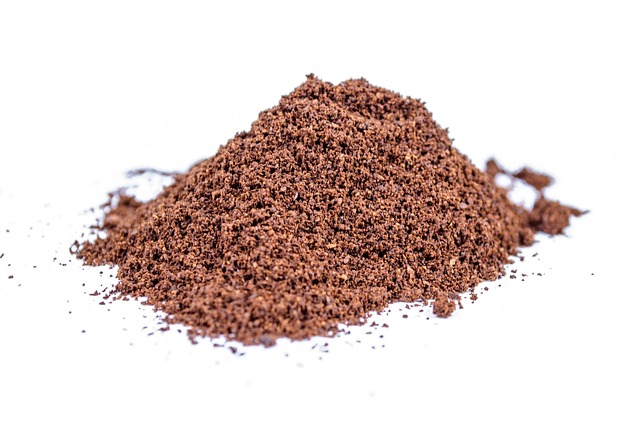
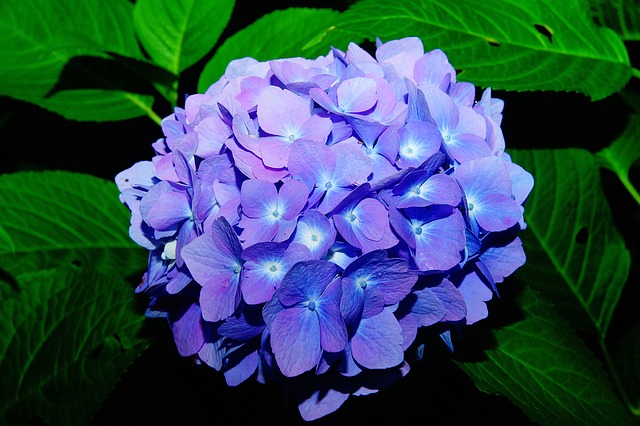
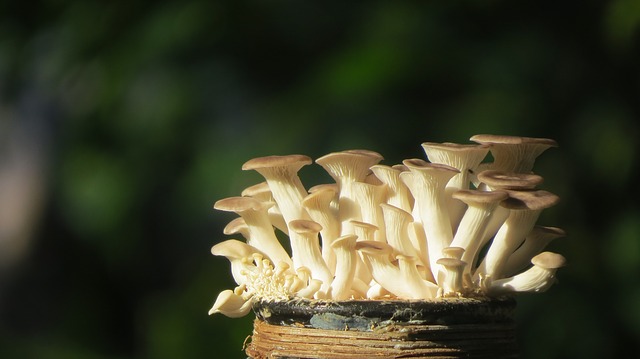
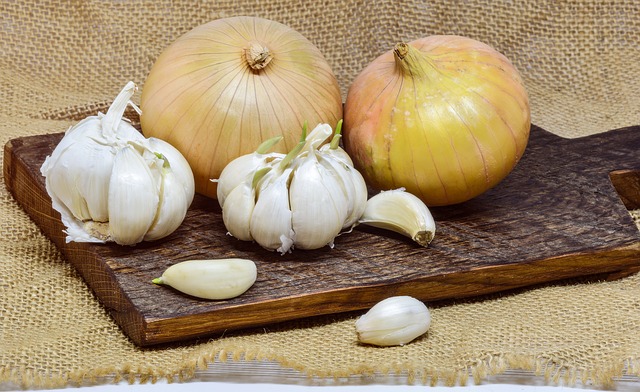
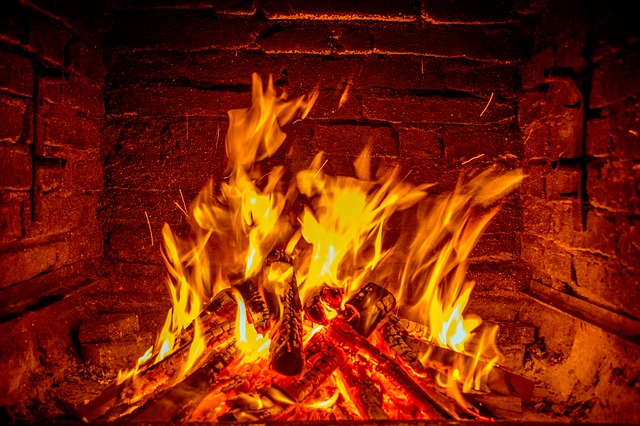
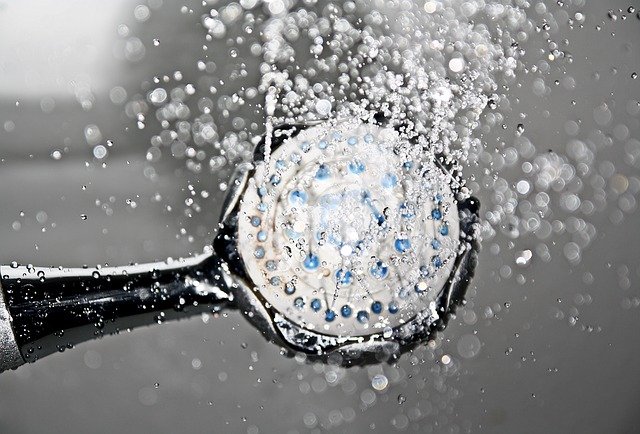
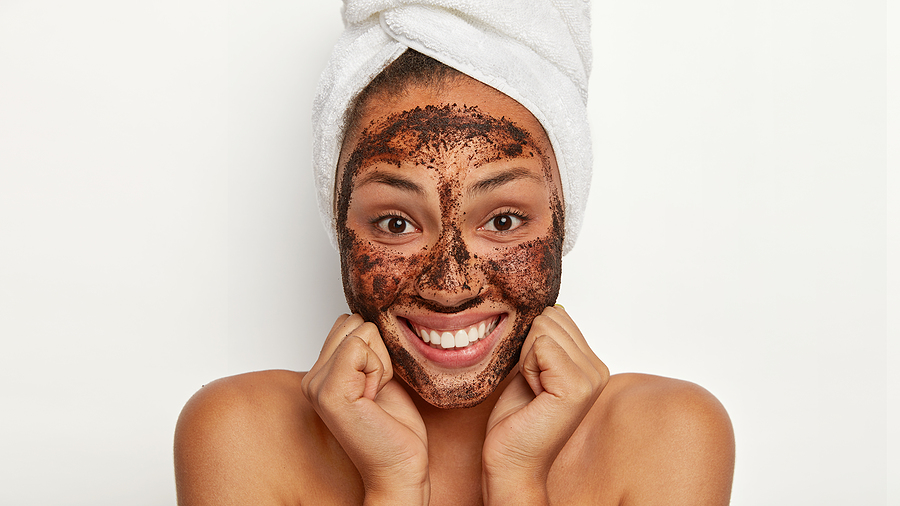







COMMENTS(6)
I like to put them in my garbage can to keep it from smelling.
Enjoy the articles and opinions in these regular postings. Couple of observations re coffee grinds – items 9, 17 and 19 use coffee grinds that are then washed down the drain. This could very easily cause problems with clogging, coffee grinds tend to clump and then the clump holds grease, especially in older plumbing systems. Also, while some plants like coffee, others do not and it affects their growth, so check carefully before using.
I have read several articles here and in other similar communities, that advise to add spent coffee grounds to acidify soil. I have tested 4 batches of spent grounds, with the results being neutral PH. So, are we perpetuating an untested internet myth? Or have I missed an important point? Thanks for your thoughtful consideration.
Boy, Ken, that’s a really good point. Based on your comment, I dug a little further, and it sure does appear that, while coffee itself is acidic, the used coffee grounds that are leftover are basically pH neutral. Oddly enough, there is a lot of anecdotal evidence that used coffee grounds do help hydrangeas turn blue, so I wonder if they do actually contribute toward blue hydrangeas for another reason. Does anyone know if that’s true and, if so, why that would be? Again, thanks so much for the comment, Ken. I’ve updated the article so we stop perpetuating the myth! 🙂
I store my spent coffee grounds in the refrigerator to absorb the smells. This replaces the need to have baking soda in the fridge. I then put the grounds into my compost bin to absorb the smells there too. Finally, this time of year, I take the grounds and put them in my in-situ worm bed which will be a garden bed. This time of year the chickens scratch through it. The worms love the results.
I know I could do much better. I read one place where someone used the grounds with clean cardboard to grow oyster mushrooms. They then took the spent material and used it in the cat box for bedding and then took that bedding and used it to feed the earthworms which turned everything into black goal.
I personally don’t like using coffee grounds for cosmetic reasons because they are hard to wash off and they clog the sink.
I have used old coffee for Roses, but when vermicomposting coffee grounds and tea bags were a worm favorite.